Menu
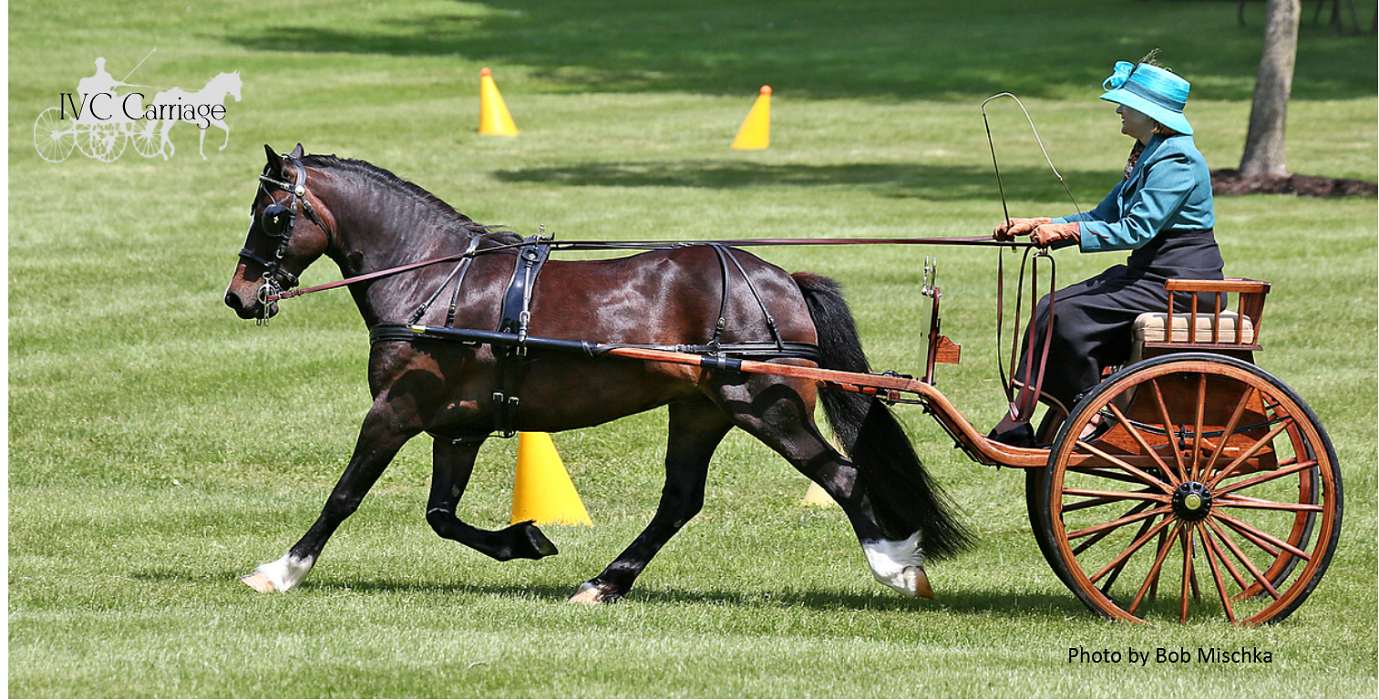
“Level” Shafts?
You may have heard from some people that the shafts on your two-wheeled cart should be level with the ground. The correct answer to that perception is “maybe”. It really depends on a number of factors with the cart.
Shafts parallel to the ground is a bit of a misnomer by beginning drivers. It comes from a few years ago when almost every beginner had a Meadowbrook or a Road Cart. Those vehicles typically do require the shafts to be fairly level. At the very least, the shafts of a typical two-wheeled cart should definitely not run downhill in the front no matter how the vehicle is constructed. If the shafts do run downhill, the vehicle is too big for the horse.
So if we don’t look at the levelness of the shafts as the sole consideration for fit, how do we know if a vehicle fits a horse’s height? One way is to look at the seat. If the seat is tipped back when the shafts are raised to the proper height on the horse, the horse can be too big for the vehicle. The problem with having the seat tipped back is that it puts the driver in an unstable position. Ideally, we want the driver’s center of gravity above their hips. If the seat is tipped back, the driver is forced to lean forward to maintain their balance and get that center of gravity over the hips. This limits the range of motion of the arms and hands to control the horse as the driver has less distance in front of him to be able to adjust the reins. Also, many times when the seat is tipped back, the driver’s knees can be above the plane of their hips. This also creates an unstable position that makes it virtually impossible for the driver to have what we refer to as a stable “three-point seat” with two legs and their posterior. A wedge seat can certainly help alleviate this problem and get the seat either back to level or actually lift the hips well above the knees to create the stable driving position.

In the photo above, the shafts of that cart are definitely running uphill, but the seat is level. The heel of the shaft is level, but the front of the shaft doesn't mimic the angle of the heel, which is typical with double bend shafts. The shaft tip is correct at the height of the breast collar. The tip looks like it may be too far back, but the mare is striding out on the left fore which pulls her shoulder in front of the tip of the shaft for that brief moment. My knees are below my hips, and I can have one foot in front of me or both feet. I am leaning forward just a little bit because we are in the middle of a cones course and I am using my arms and upper body to give to the mare a little more to help her move forward. However, I am very well-balanced in this cart and there is just enough weight in the tugs to keep the vehicle from bouncing in the tugs. We have won Turnout too many times to count with this vehicle and pony, and have even been invited to the Concours d' Elegance.
The first show we debuted our new blue Phaeton Cart that we built for my VSE (Very Small Equine), we drove the vehicle with the shafts more level with the ground. We didn’t realize it at the time, but a friend pointed out that the cart would probably be more stable laterally if we raised the tugs one hole. There was just a little play in the cart side to side with the horse’s motion even though the shafts were level. The seat tipped forward a little as well.

(Oh, that horrid white hat! For more discussion on how awful this turnout is, see Our Carriage Turnout Mistakes.)
Sure enough, when we raised the tugs one tiny hole the play was gone. The weight in the tugs was less, which in turn was less weight on the back of the horse. The shafts were no longer level, but the seat was. What a difference one tiny adjustment can make! This turnout, too, has been a Turnout winner and Concours d' Elegance finalist many times.

Sometimes the height and levelness of the shafts doesn’t have anything to do with the height of the tugs or the horse at all. In the case of a Meadowbrook cart we had, it had everything to do with the stiffness (or lack thereof) of the springs. When one person drove the cart, the springs were compressed to the point where it no longer rode level.

When two people were in the cart, it was downright smushed! That vehicle needed newer, heavier springs!

Ironically, I hated driving that vehicle because it always felt like I had to hold my hands way high to keep the reins on the horse’s rear and not along his sides. My husband didn’t have that problem because he is taller than me. It wasn’t until I drove our other Meadowbrook with the stiffer springs that I realized why I hated driving that darker Meadowbrook with the soft springs! I could actually hold my hands at a comfortable height with the lighter Meadowbrook as it sat a little higher, even though the wheel, axle, and dash height were exactly the same.

The style of the vehicle itself can determine if a vehicle is meant to have level shafts. In the case of a two-wheeled vehicle with Gig shafts, the shafts are curved and will virtually never be "level" in the front. In this case it is imperative to look at the levelness of the seat and heel of the shafts to determine the height of the vehicle.

Four-wheeled vehicles are a different game altogether. There are very few four-wheeled vehicles that require the shafts to be level. It really depends on how the shafts are mounted to the vehicle. In the marathon vehicle below, the driver is actually sitting stably on a wedge seat. Her knees are below her hips and her feet are out in front of her. In this vehicle, the seat can be moved back to accommodate the long legs of my husband (who is on the back of this vehicle) so his knees are also below his hips.
With experience, you will be able to see at a glance if a vehicle is too small or large for a horse (or for a human). You will be able to determine what makes the vehicle too small and if anything can be done to fix it. Sometimes, changing to bigger wheels may solve the problem if there is room under the fenders (if the vehicle has them). Sometimes, changing the springs will raise the vehicle. Sometimes, just adding larger spring blocks above or below the springs can help. Sometimes, a vehicle is just so poorly constructed that it won’t fit any horse decently. Sometimes, it is just necessary to start over and get a vehicle that fits your horse. Whatever may be the case, avoid the tendency to just look at the levelness of the shafts, because as we have established above, there is usually more to the fit of the vehicle than just the shafts.
- Choosing a selection results in a full page refresh.

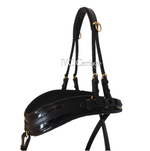
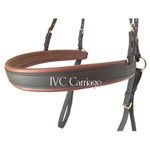
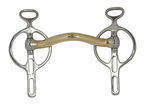
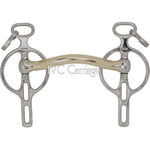
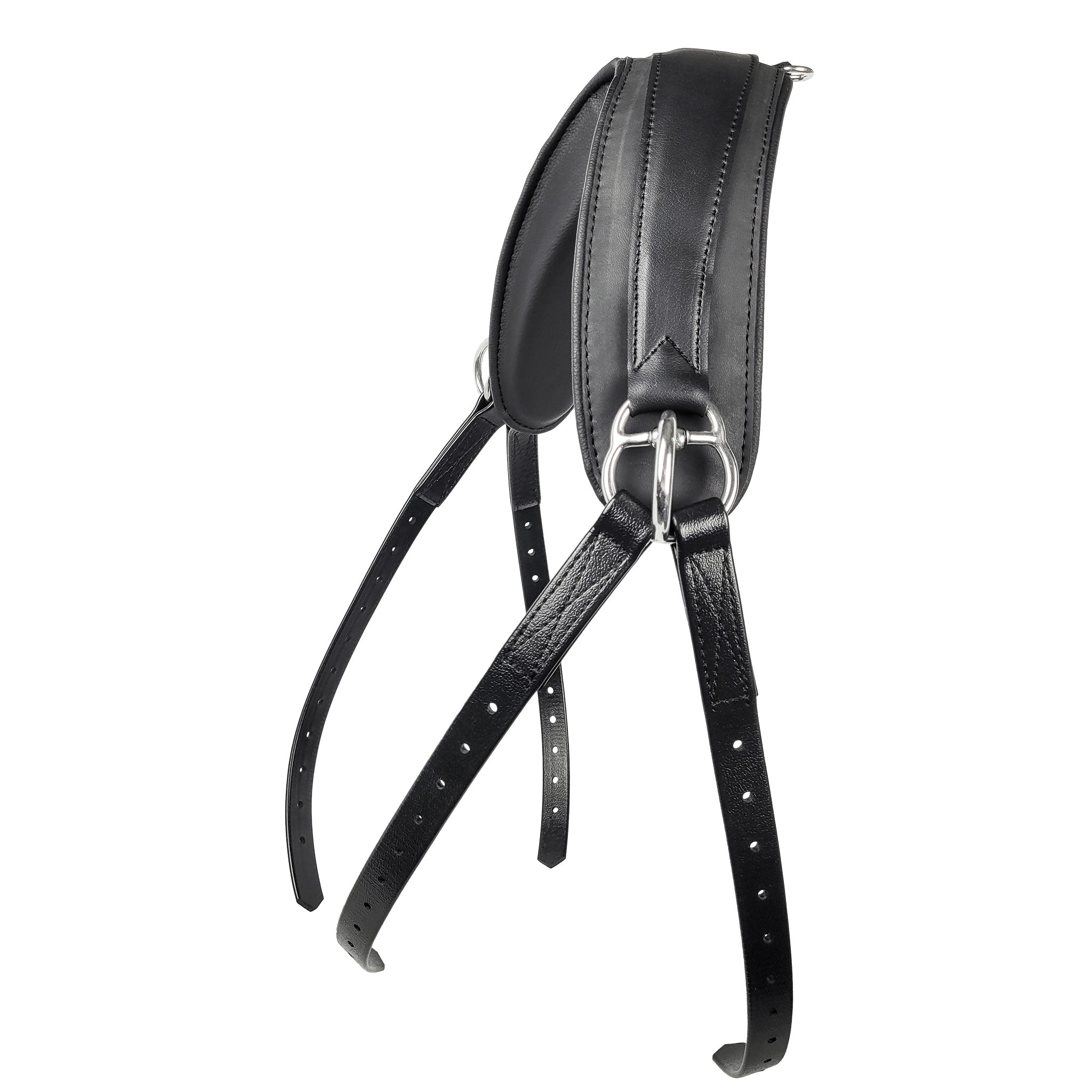
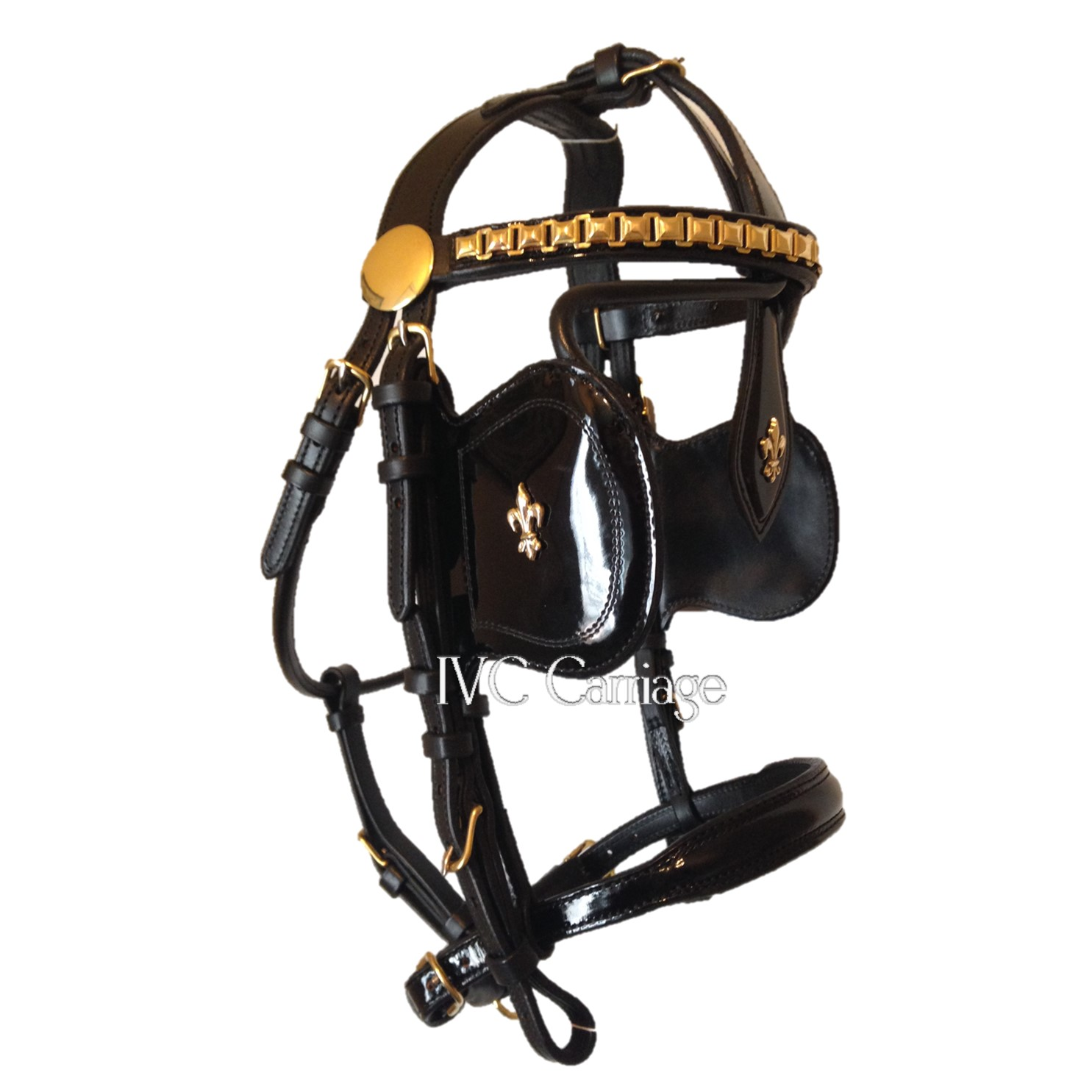
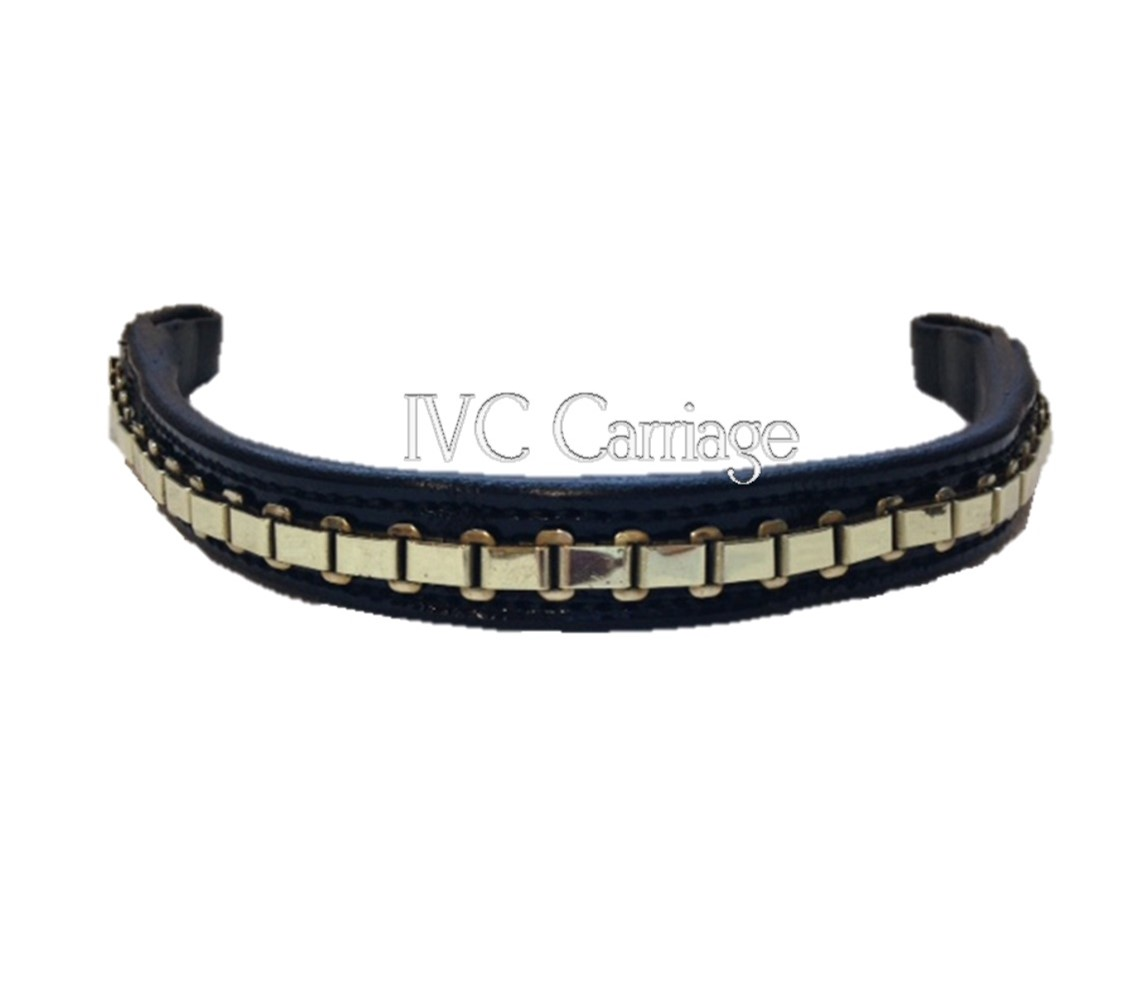
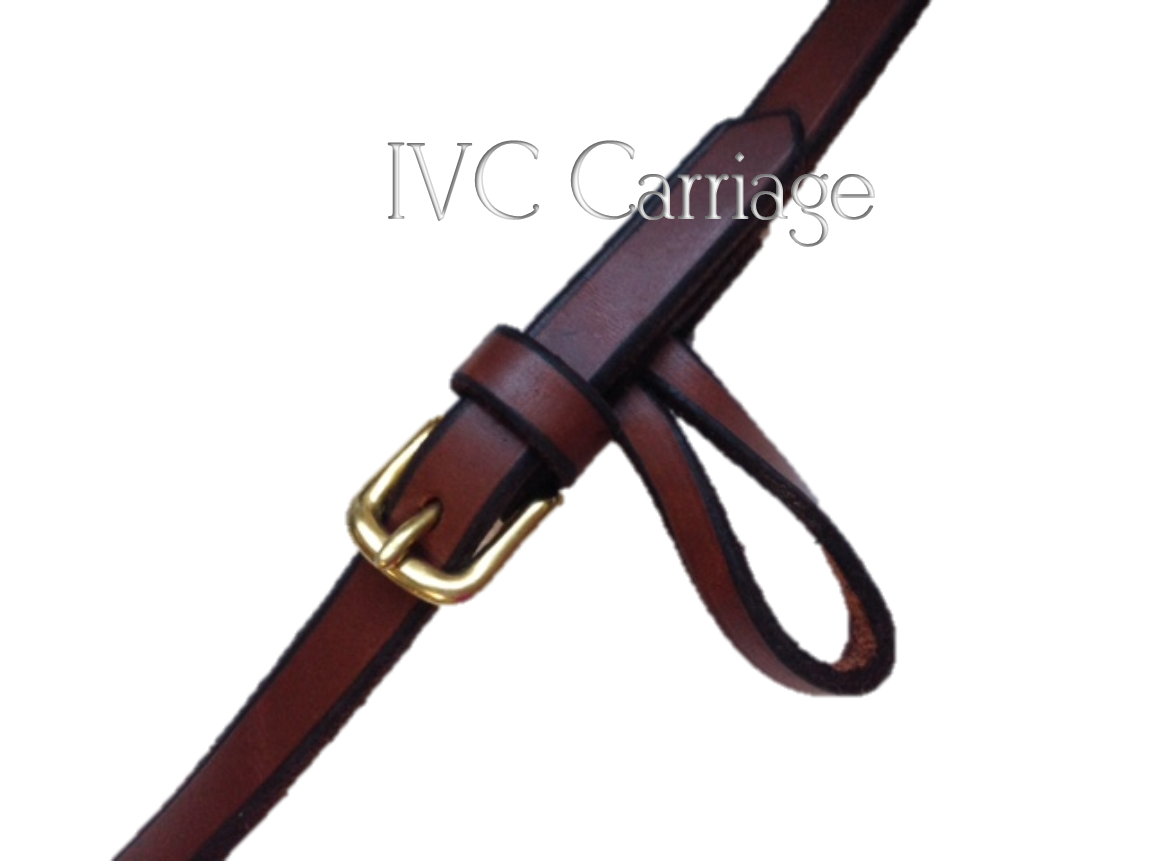
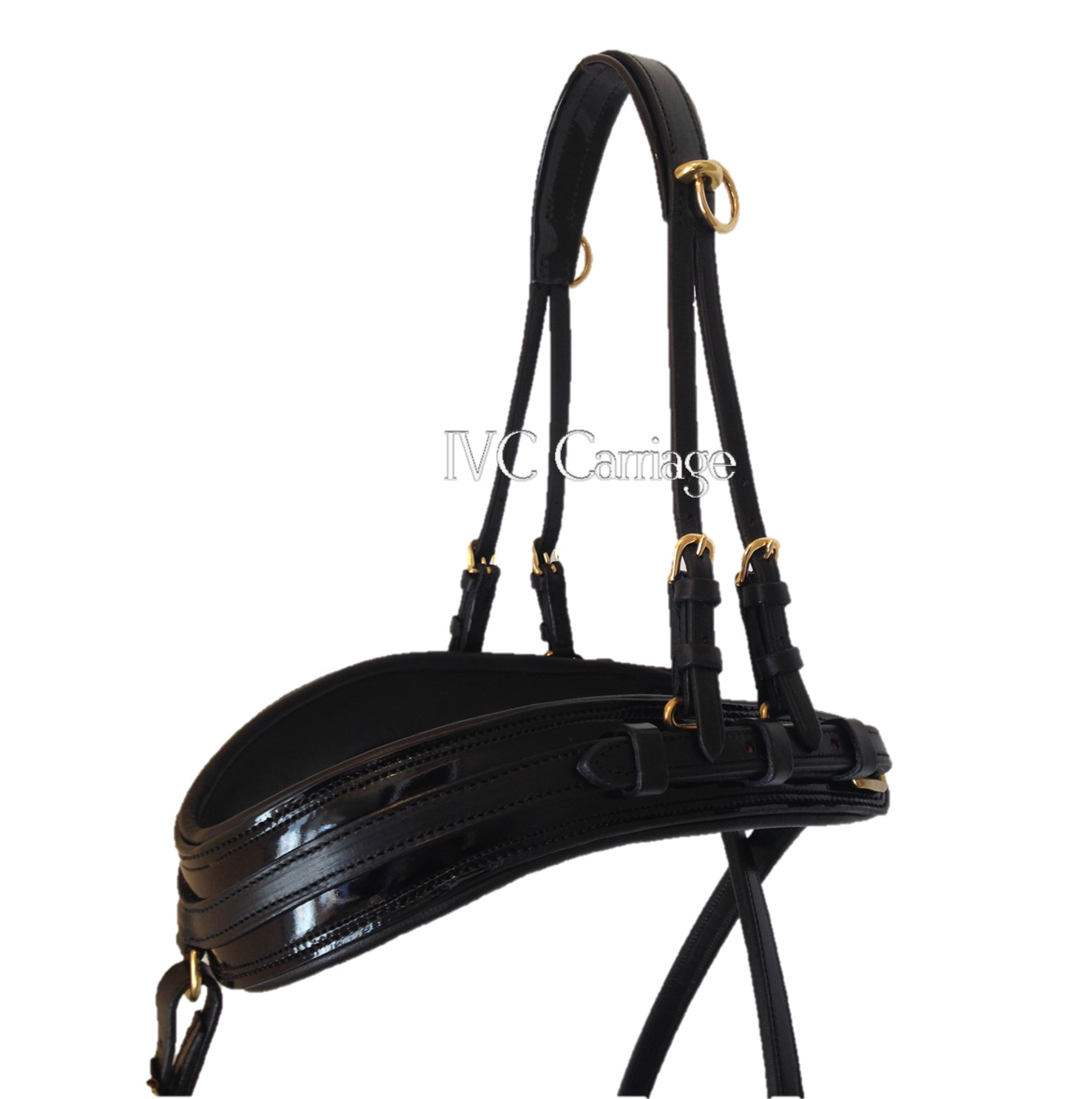
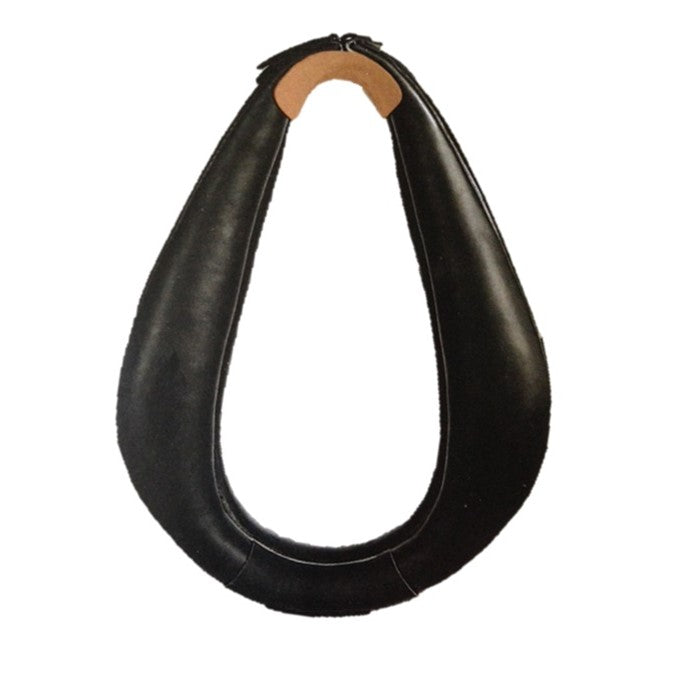
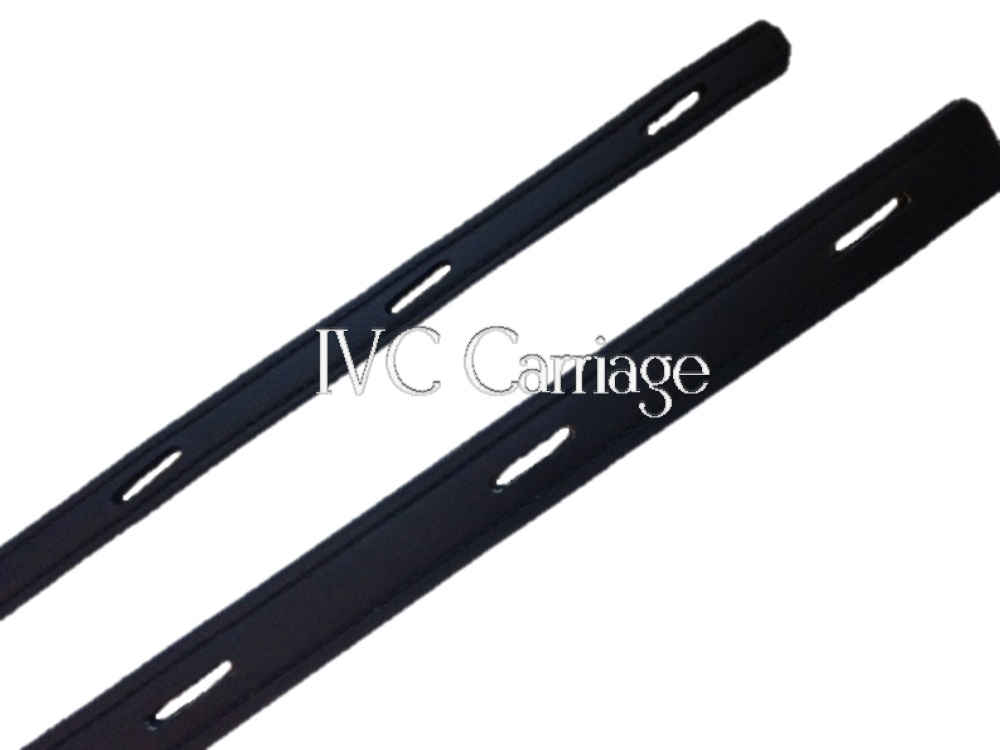
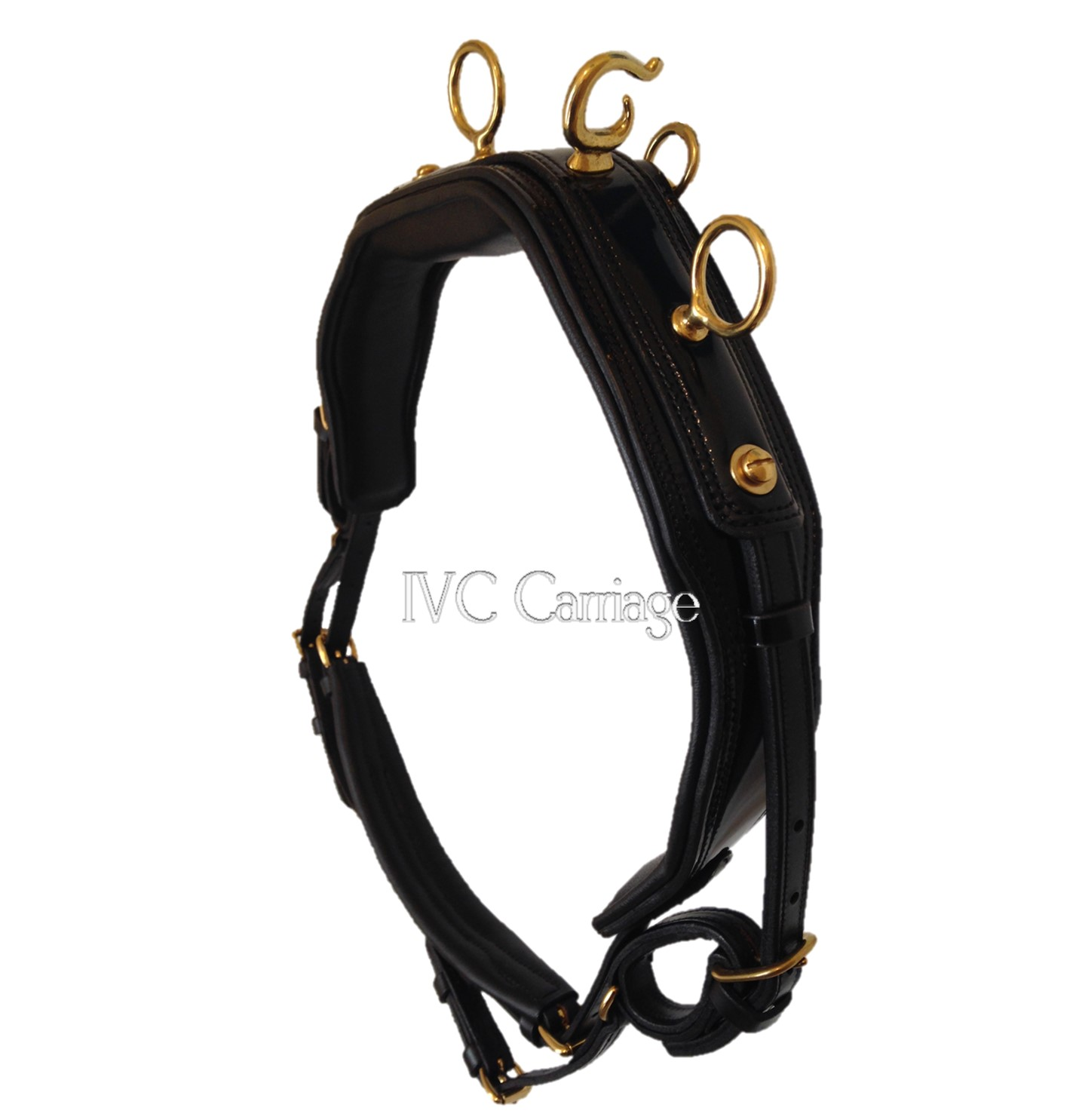
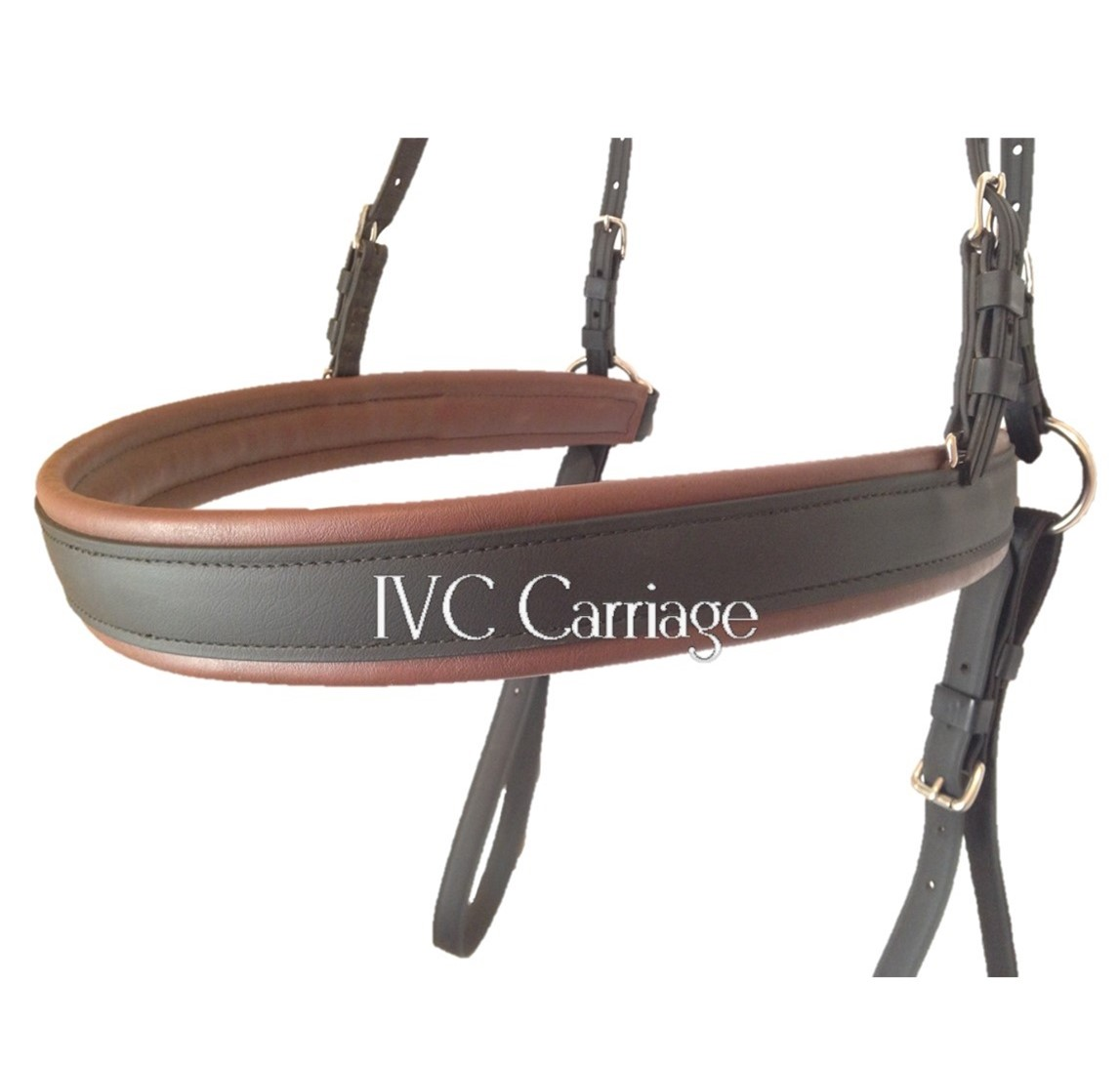
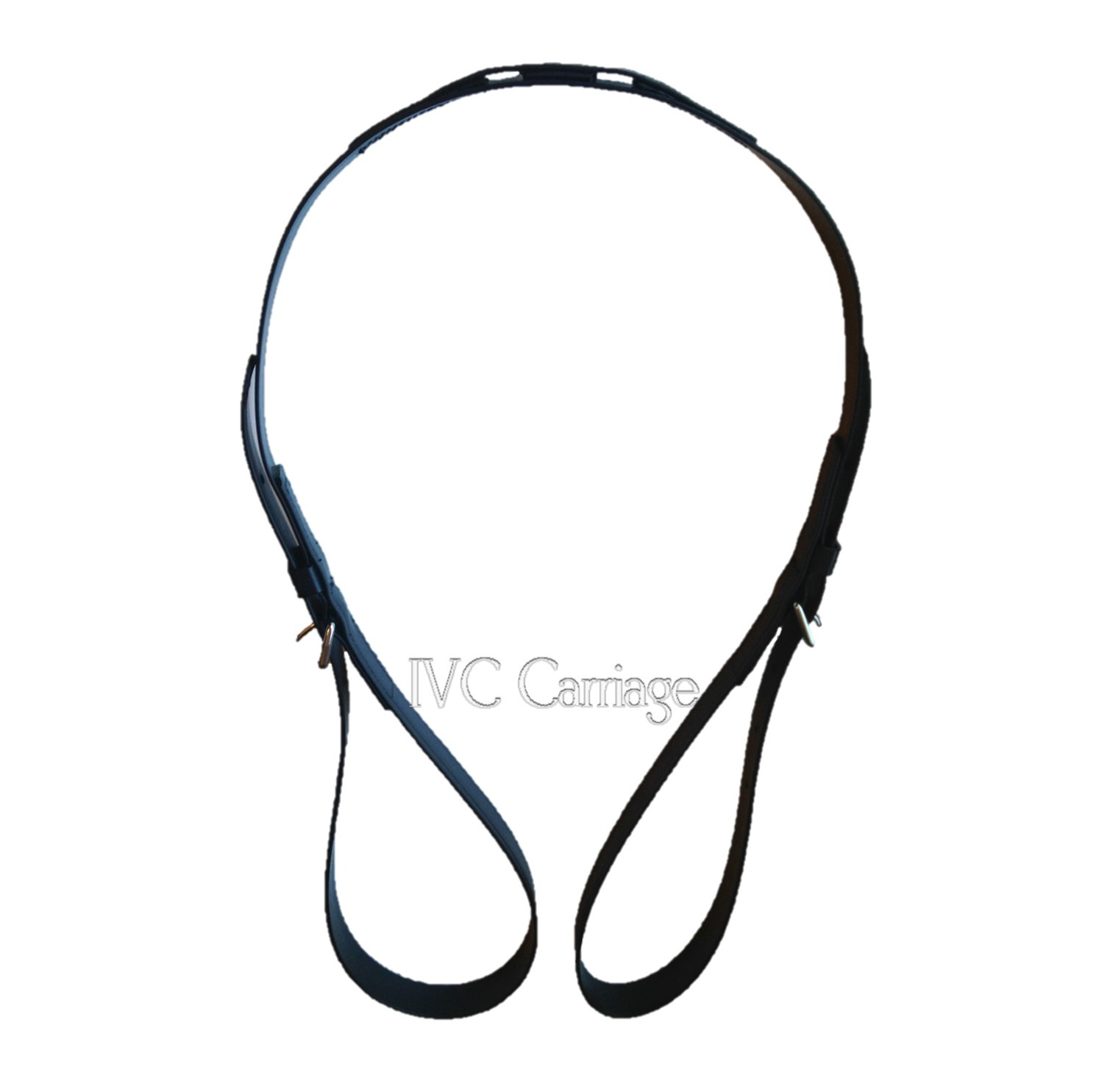
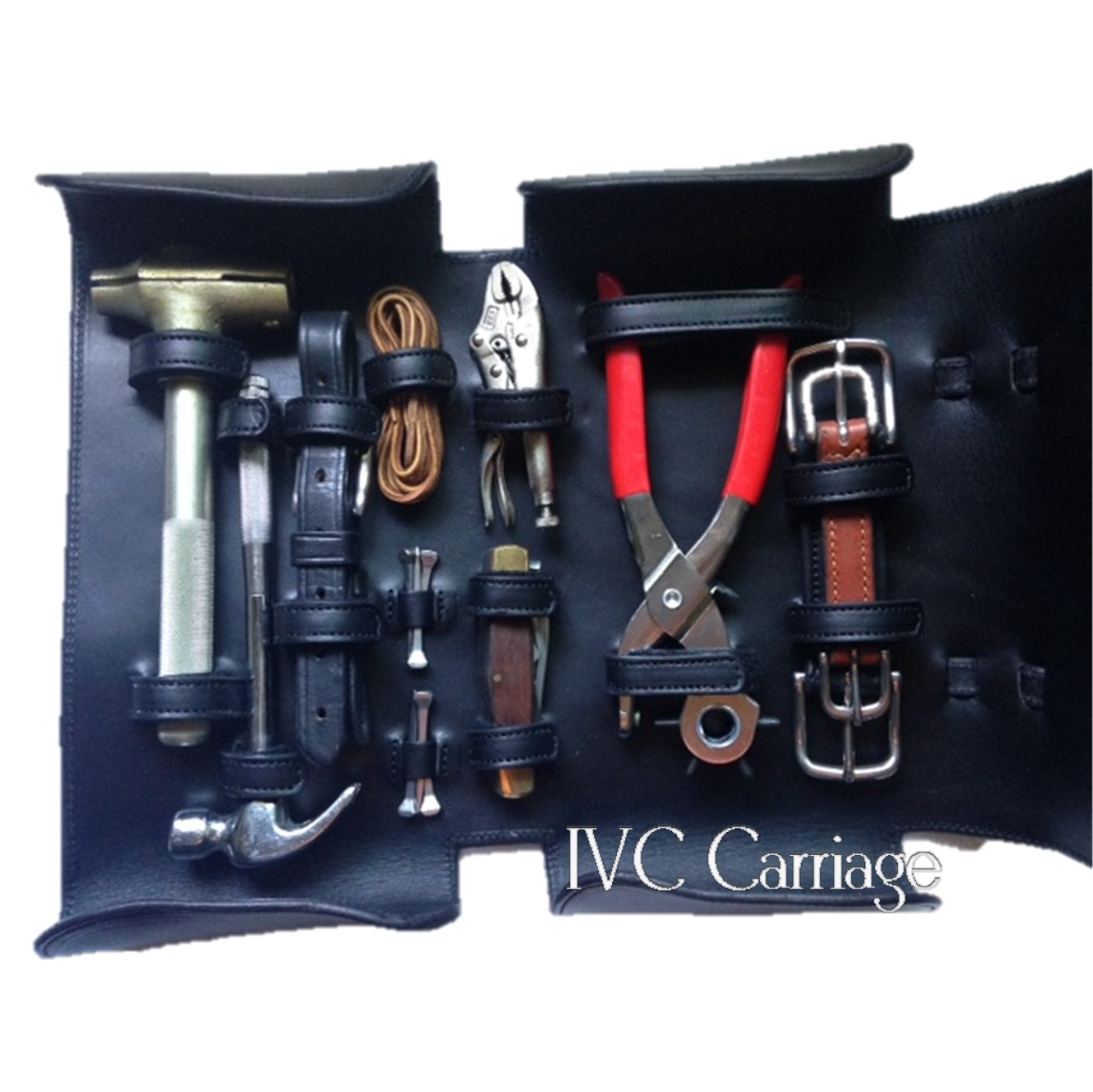

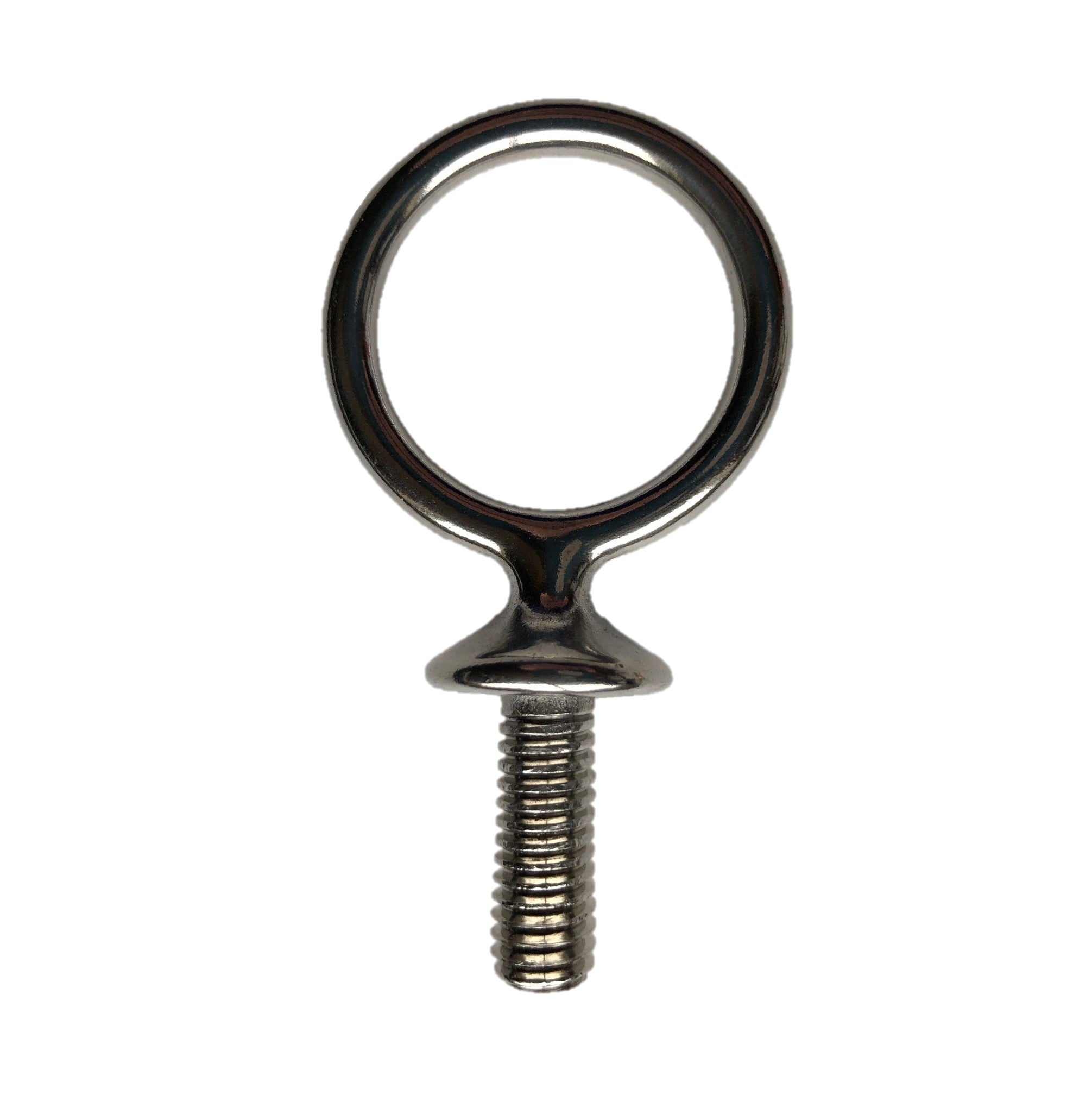
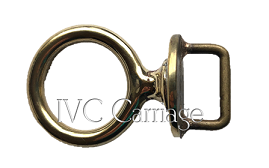

8 comments
DH
My Frey Sprint cart does not have an ideal balance point regardless of the height of the shafts, and moving the seat all the way back doesn’t seem to help much. I measured the actual weight on the tugs using a scale and determined there is a ~20-25 lb total weight across the horse’s back when I am not in the cart, and 8-9 lbs in each of the tugs when I am in it, which is likely too heavy based on my understanding. Could I use counter-weights to balance it, and if so, how/where would I attach them? Thanks for any advice.
MYRNA RHINEHART
Hi Rhoda,
It depends on the vehicle. Those carts that have more weight in the front may require the axle to be in front of the seat to take weight off the front.
Rhoda
Should the driver’s seat be directly over the axle?
Susan Fleming
Excellent information! Thank you
Louise SAUNDERS
Thankyou for yhe information